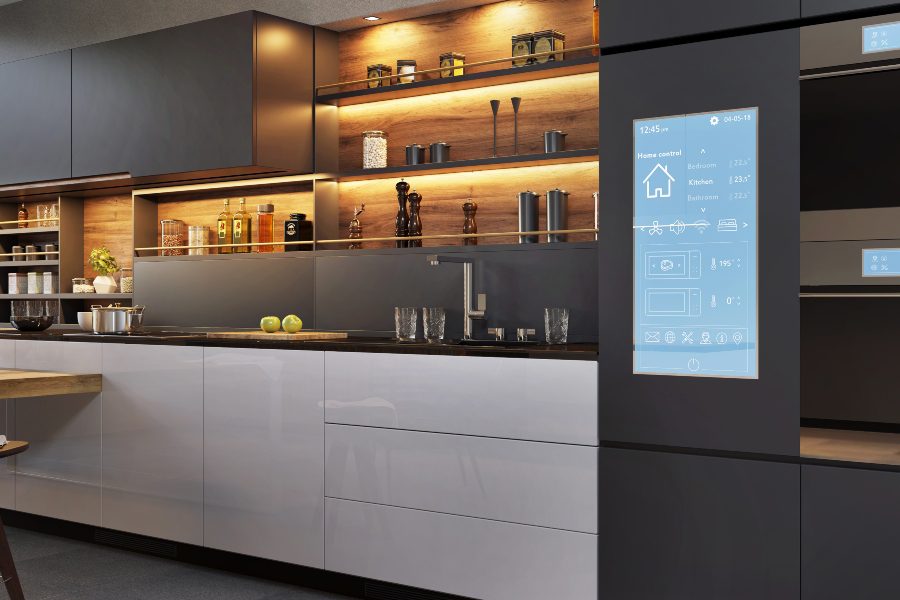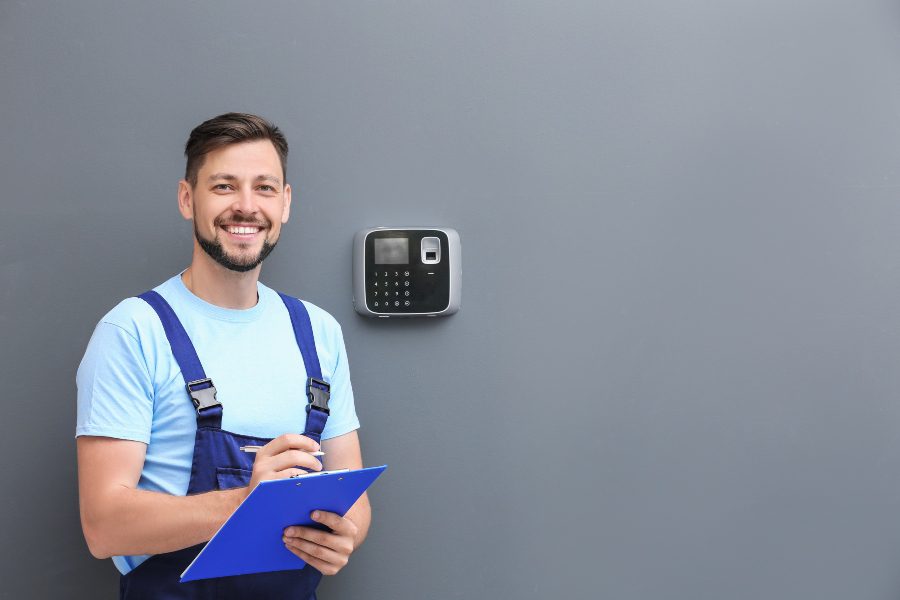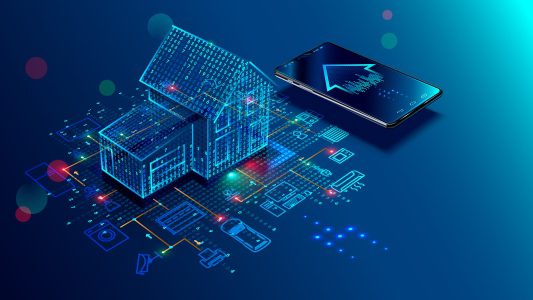The smart home industry is on the verge of big change. As it teeters on the cusp of moving from ‘early adoption’ status to ‘mass adoption’ status, the industry now sits on this incredible wealth of experience and knowledge. At the same time, new, cutting-edge trends such as AI and Matter are helping to bring these elements of the smart home industry closer together.
If we can put the pieces together – to get that smart home right – we can unlock great things. However, for those of us who have been in the smart home game since its inception, we know that the key to driving innovation is encouraging participation in the innovation process at every level of the organization to further scale ideas.
So, in keeping with that shared consciousness spirit, here are four trends that I see driving progress in the smart home space, and how organizations can utilize them to help stay ahead of the curve.
The Promise of a Smart Home is Moving from Novelty to Necessity

Achieving an interoperable smart home requires treating the home as a complete functional system. Typically, few companies have control over all the critical systems in a home: indoor air quality, water, security/safety, energy/comfort.
However, bringing all these systems together under a common unified set of analytic-driven professional services within the home will start to make it feel smarter, keeping itself comfortable and energy efficient; safe and adaptive to unforeseen changes; free of debilitating failures; and, less expensive to operate and insure.
What I’ve just described focuses on the necessary, functional aspects of the home as opposed to the novel, lifestyle aspects – such as enabling a smart home scene that turns the lights off, lowering the shades or turning on the TV and sound system.
When a user wants to make a room comfortable, it’s more than setting a scene or adjusting the temperature. It’s knowing who’s in the room and what temperature they prefer. It’s making sure the HVAC filters are clean, helping make the HVAC equipment run more smoothly and efficiently. It’s about making the functional home smart and efficient.
Professional security installers and HVAC contractors are well equipped to help assist in this transition – as they help protect a homeowner’s largest investment, and service the home’s most expensive appliance, respectively.
As the novelty wears off and more customers focus on the necessity, these professional services organizations are likely to have increased opportunities for additional engagement and revenue from customers and will need to continue to develop trusted relationships with their customers.
The Emerging Matter Standard Changes the Integration Game

Leading industry players have been actively involved in shaping a common communication standard between devices for years, and now it has evolved to the point of implementation and is called Matter.
Big tech players, for the most part, love this concept because most have tried to solve this problem in the past by getting third parties to subscribe to their proprietary ecosystems. It’s hard for most manufacturers to maintain compatibility across all these ecosystems, so consumers end up self-selecting their favorites, which results in silos within the industry.
I think we’d all agree with Forbes when it described the incompatible protocols as a “patchwork” and a “hodgepodge” ecosystem.
However, while Matter addresses the issue of common communication standards between devices from different manufacturers, it does not address how that capability is used to deliver value to customers and how to protect the privacy of data collected.
So, the emerging opportunity around Matter for companies that have the ability to address the broad set of functional subsystems in the home is two-fold. First is to create higher-level functional value propositions that lifestyle players and homeowners want.
For example, ‘make the TV room comfortable’ can be more than setting a thermostat. It can set the temperature based on the people there, assure air quality is optimized, and arm the security system if all family members are home.
Second, implementing edge-based analytics on closed systems to deliver these value propositions provides an ability to protect homeowner data privacy. In the example above ‘who’ is in the room never needs to be exposed to higher-level systems.
Matter will help our professional installers too: it can quicken installations, drive efficiencies, enhance recurring monthly revenue opportunities, and overall drive more insights the homeowners can use. As more Matter-enabled devices become available, professional installation companies and manufacturers will need to continue to invest in hands-on and online training to help close the knowledge gap.
The Rise and Pace of AI and Machine Learning (ML) Systems Demand Notice

The current rate of change in AI and ML is astounding and setting off alarm bells across the industry. Recent advances in large language models have given rise to entirely new paradigms in the role AI will play in everyone’s day to day life.
As these new AI and ML technologies are incorporated into smart home systems, incredible new capabilities will emerge. But with it also comes a growing concern about misuse and unintended consequences, which will have a big impact on future product strategies and roadmaps.
During this journey to a smart home that’s effortlessly monitored and proactively serviced, data will serve as the driver of that innovation; and therefore the privacy of that data must remain at the forefront.
Many of the big tech players who specialize in lifestyle technology solutions do so to either collect user data so it can be sold to advertisers or used for improving their own products or a users’ experience.
Using data that can provide actionable insights and serve customers better is the gold standard in innovation, and AI and ML have the power to do just that. Therefore, it’s important for organizations to offer transparent and flexible EULAs (end-user license agreement) that put the customer – and their privacy – at the center, because the future of AI and data collection may be controlled by the individual user.
Some customers will – and others will not – want to share their data and have effortlessly personalized smart home experience.
Environmental Impacts from Climate Change Drive Interest

It’s been said that generations living today are the first to experience the impacts of climate change, and the last generations that can do something to slow its impact. Manufacturers can play a critical role in one of the most compelling challenges current and future generations will face.
According to a major climate report by the United Nations Intergovernmental Panel on Climate Change (IPCC), “[d]igital technologies can contribute to mitigation of climate change,” which can include connected smart appliances working together and other benefits to the electric grid.
Understanding the specific environmental impacts, like rising global temperatures, increased flooding, more fire and wind events, is important in understanding how the average homeowner will experience and deal with these impacts.
With these insights, new approaches can help society mitigate and or adapt, instead of suffering. Because, at the end of the day, our only three options are to mitigate, adapt or suffer.
Innovation continues to push the industry forward and set higher standards. Yet, it is the nature of trends to change the shape of innovation. It’s our industry’s responsibility to understand these changes, strive for additional shared consciousness and to help protect what matters most.
Jeff Frank, senior vice president for Innovation at Resideo, is a visionary leader with a fresh perspective on the future. Based in Nelson, New Zealand, Jeff oversees a team of more than 40 engineers and innovators who are diligently focused on these four areas of innovation. Jeff and his team look to the future for new technologies that will produce a lasting impact by helping increase the velocity of innovation and new product introduction platforms.







